Consonant Letters
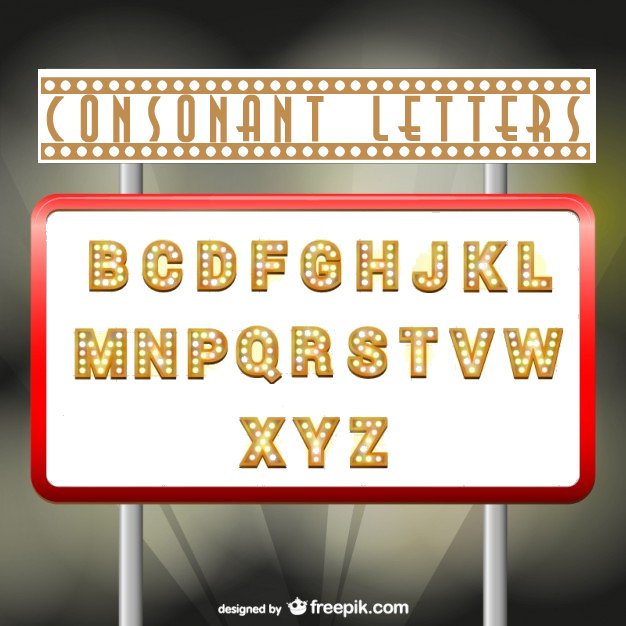
My kids like to keep things simple. As far as my kids are concerned, consonant letters are just letters that aren't vowels.
If you want the long, boring explanation, consonants are the letter sounds that are produced by a fully or partially constricted vocal tract.
I told you it was boring. You know what's not boring? These worksheets! High-fives for the segue.
Letter Worksheets
These worksheets will focus on all of the consonants and the beginning sounds that they make. I will also be covering ending sounds and later lessons will focus on digraphs, double consonants, and phonograms as well as soft consonants like 'c' and 'g'.
You can find worksheets covering the vowel sounds on the pages found at the bottom. I've separated them into short vowel and long vowel sounds.
I also have more activity sheets covering all of the letters on my Alphabet page so be sure to check that as well. Many of those lessons will have activities that stress the beginning sounds of the consonants (you can find vowel worksheets there too). For extra practice with writing the letters, be sure to visit my Printing, Cursive, and Tracing pages.
Consonant Blends, Digraphs, and Trigraphs
Once your child has mastered the consonant letters, it's time to group them up! Teach your child about blends such as -bl, -sp, -dr and more with the worksheets below. The consonant blend worksheets are simple matching activities using everyday objects that your child should be familiar with.
In the unit on identifying blends, kids will need to bust out the markers or crayons and get to coloring. If you want to be a super cool parent/teacher, you could even let them use fingerpaint to complete the activity. Have fun with it!
Learning Consonant Letters
Each of the lessons above contains 9 different types of worksheets. They are tailored to meet the needs of various skill levels.
Children just learning their ABC's will find letter identification papers and cutting/pasting tasks that are just right for them.
Students that can write their letters have the opportunity to practice their handwriting skills while those that can read will have the change to improve their comprehension.
The important thing to do is work at your child's pace and level. If used in a classroom setting, some students may need to work on one type of worksheet while others focus on another.
This is very true in Preschool settings where you can have children as young as 3 and other students as old as 6 depending on cut-off dates.
For more help with the alphabet and writing see the recommended pages below.
Recommended Pages:
Worksheets › Consonants
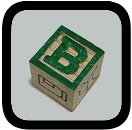
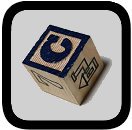
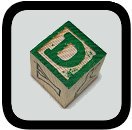
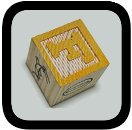
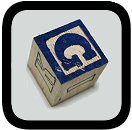
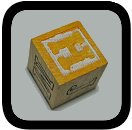
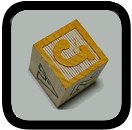
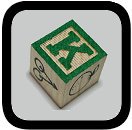
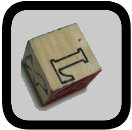
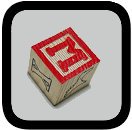
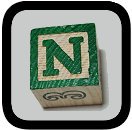
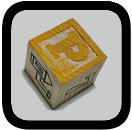
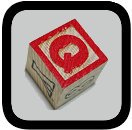
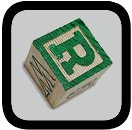
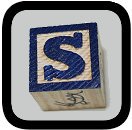
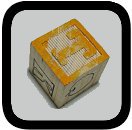

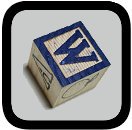

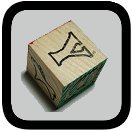
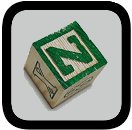
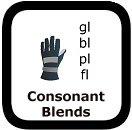
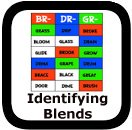
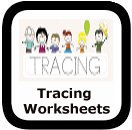
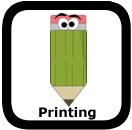
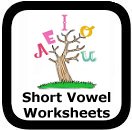
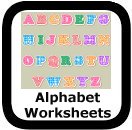
New! Comments
Have suggestions or requests for a worksheet? Let's Talk!